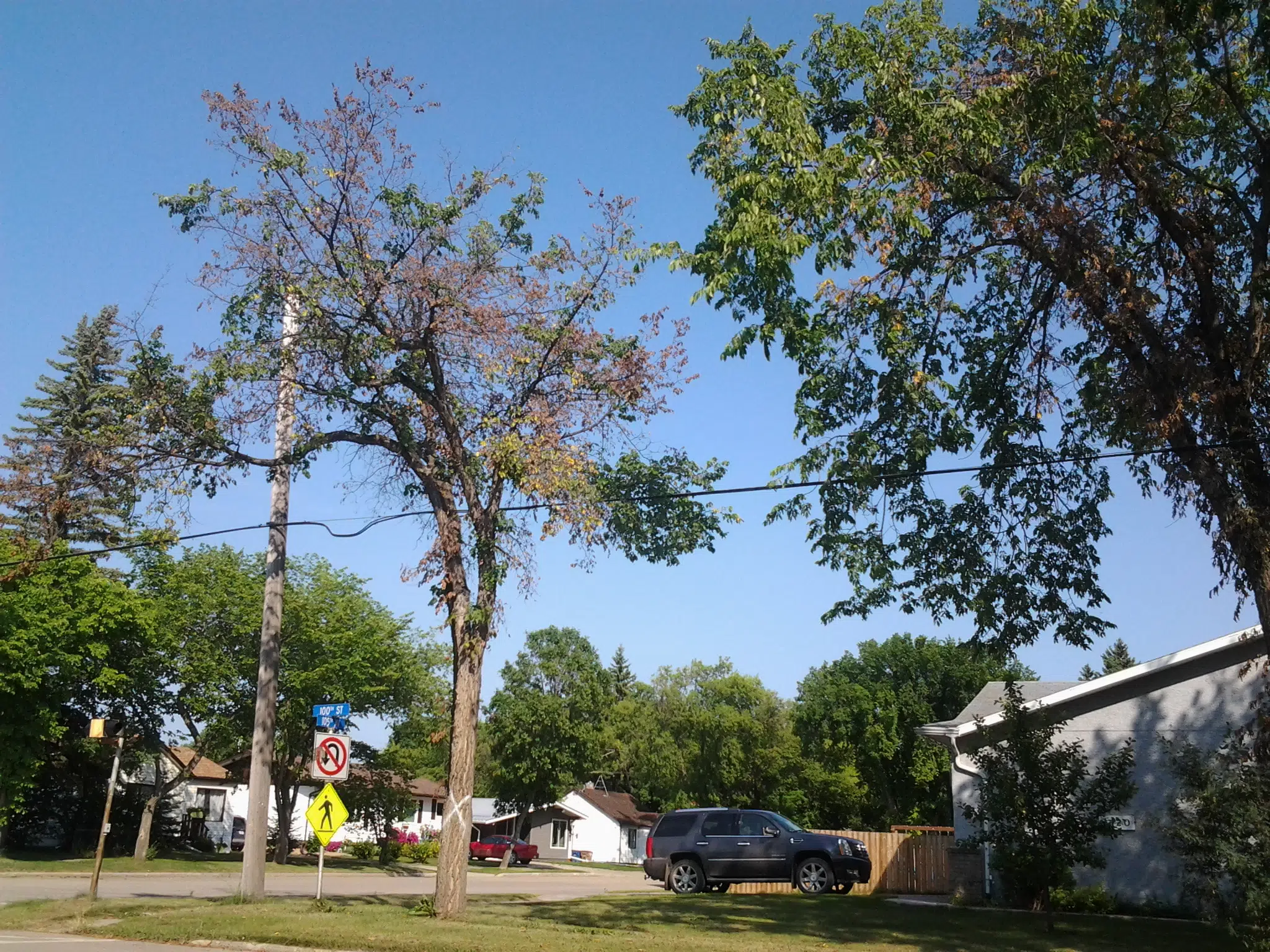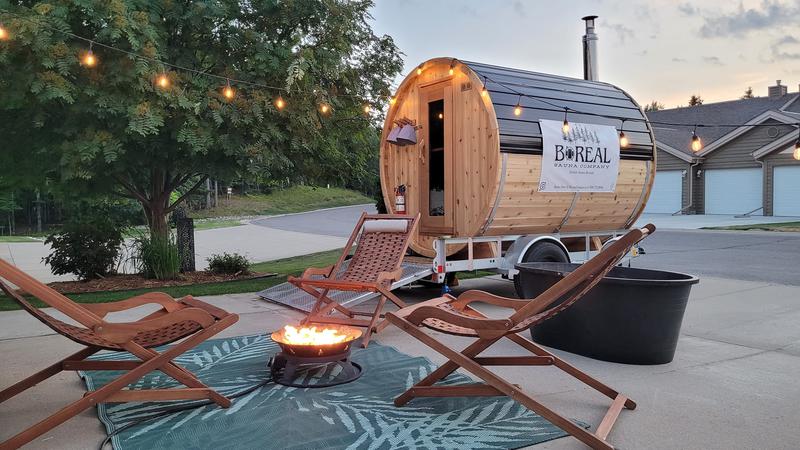
Dutch Elm Disease continues to be budding issue for provinces’ northeast
Dutch Elm Disease remains a pesky and costly problem for sections of the province, according to the Ministry of Environment, who said areas around Nipawin continue to be plagued by the fungus.
“It has pretty much decimated all of the elms in the Nipawin area,” Colin Arndt, an insect and disease program specialist said. “Even in Tisdale, they are starting to struggle with it now as it spreads in that area.”
The disease clogs water conducting tissue in the tree and prevents water from getting to the leaves, ultimately killing the tree.
To help mitigate a trees chance of acquiring the disease, Arndt recommended people keep their elms pruned, but to do so outside of the annual pruning ban that runs from April 1 to Aug. 31. This is when the elm bark beetle, which transports the fungus, is most active. The incest uses dead branches to breed.


